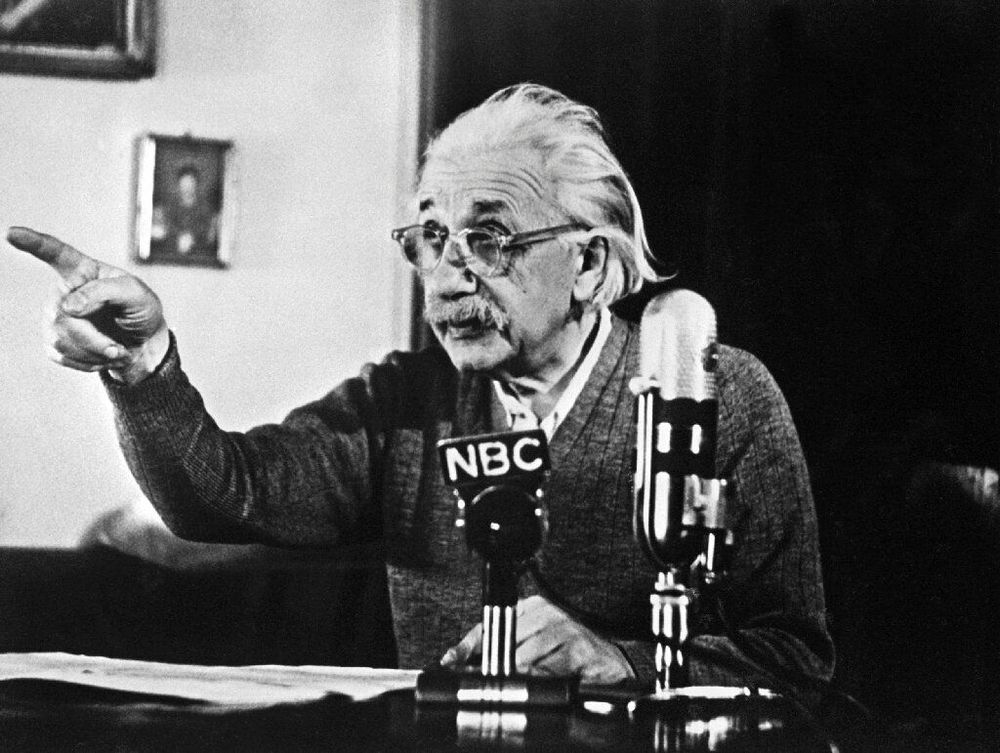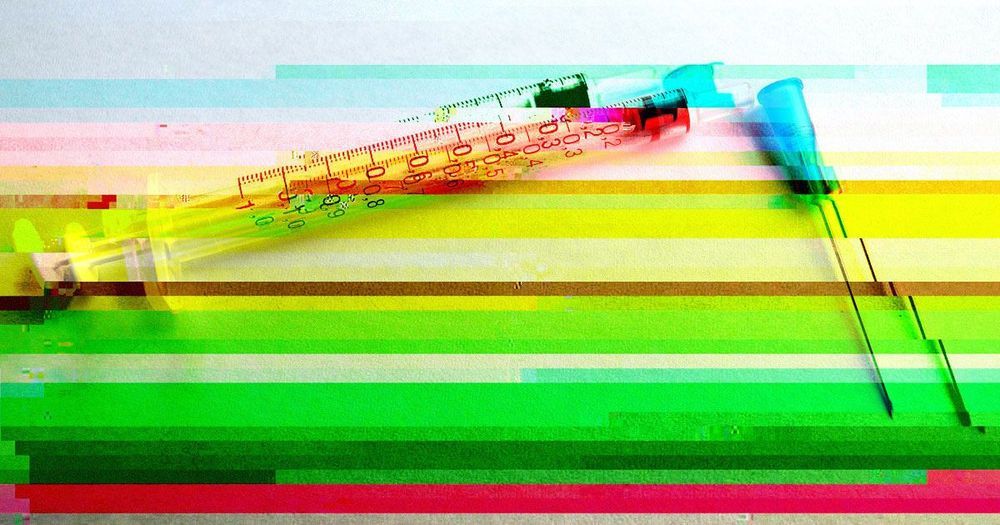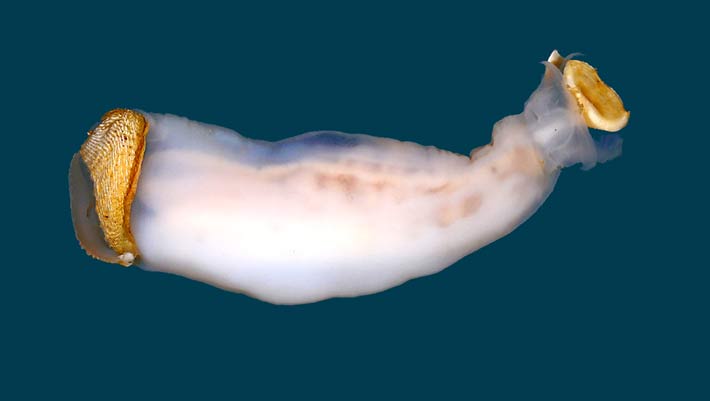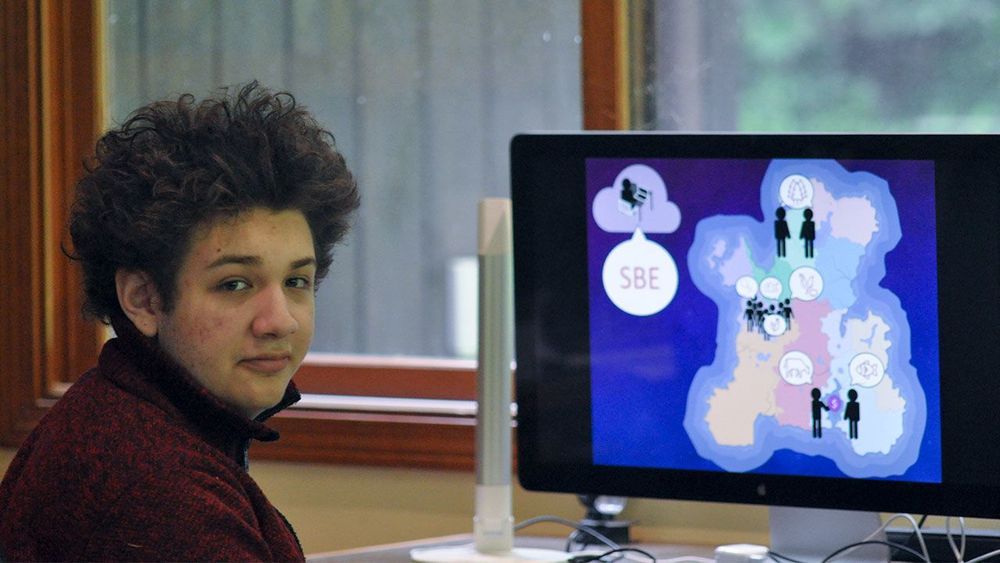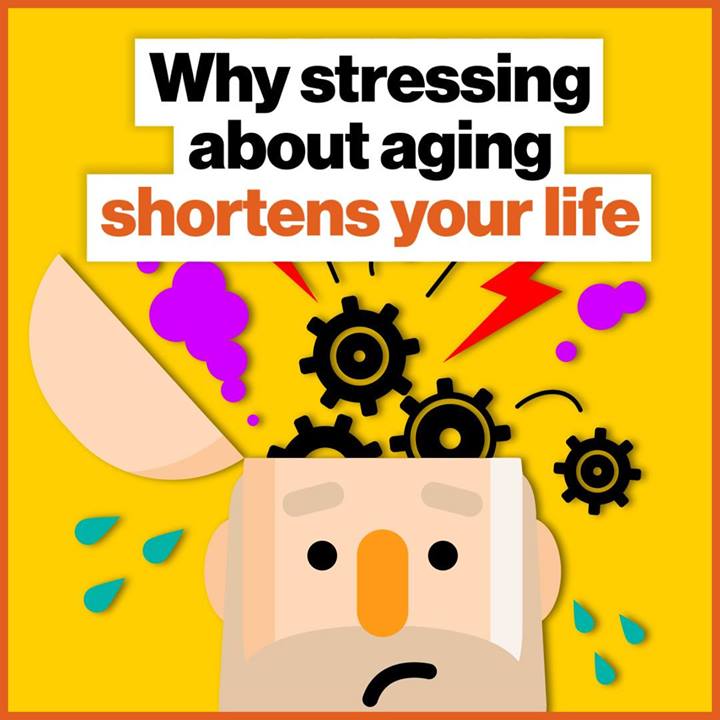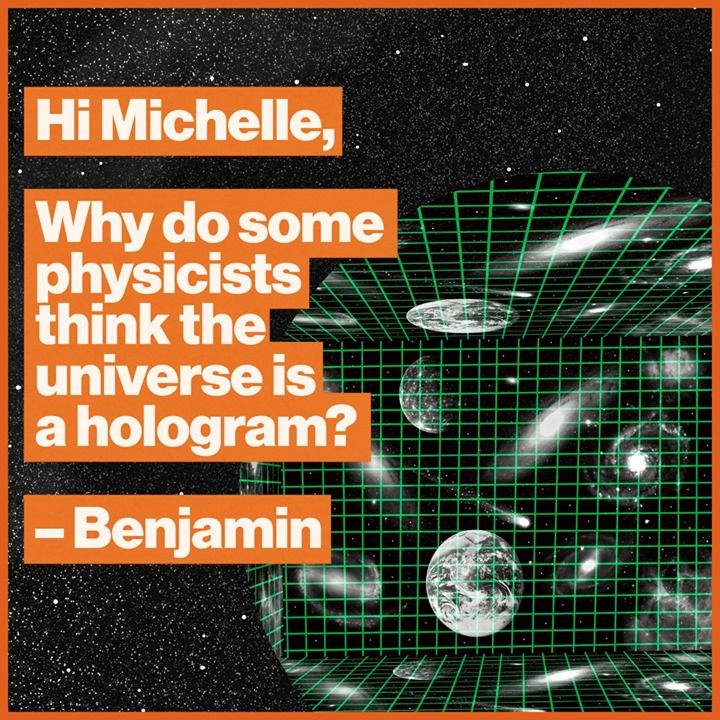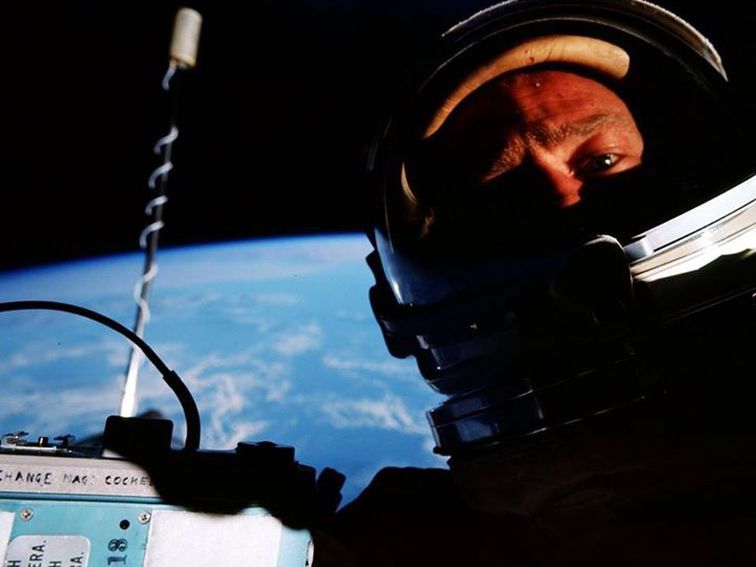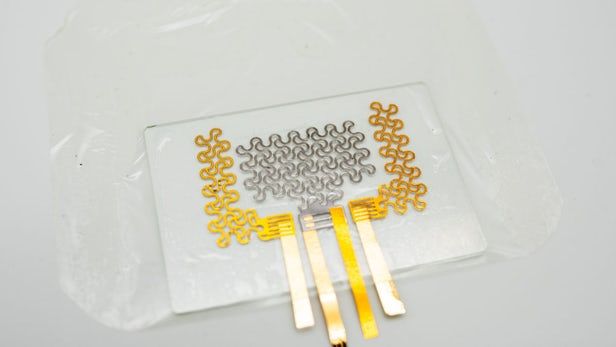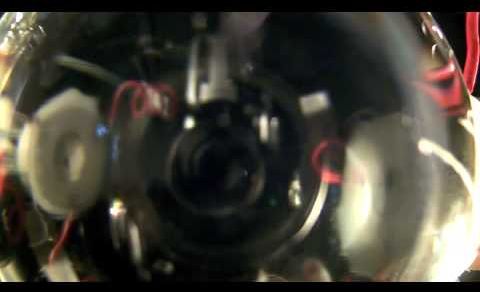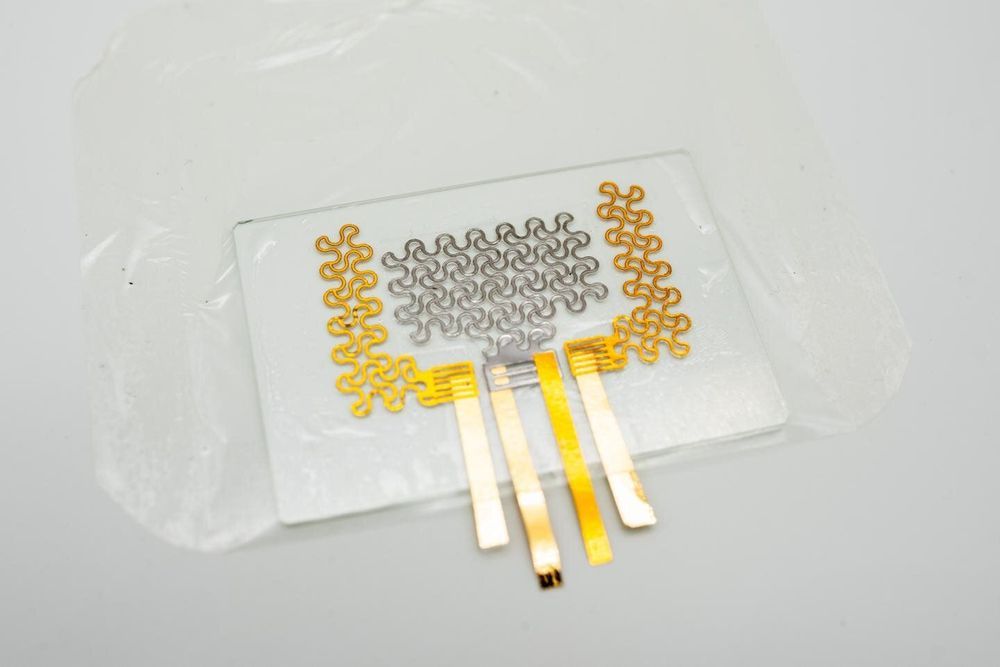The Nobel Museum in Stockholm has been gifted Albert Einstein’s first paper published after he received the Nobel Prize in 1922 and discussing his then still controversial relativity theory.
Swedish businessman Per Taube bought the handwritten two-page document at an auction for 1.2 million krona (110,000 euros) in December last year.
He has now made good on his promise to gift the manuscript to the Nobel Museum, which will put it on display in a glass frame this autumn.
